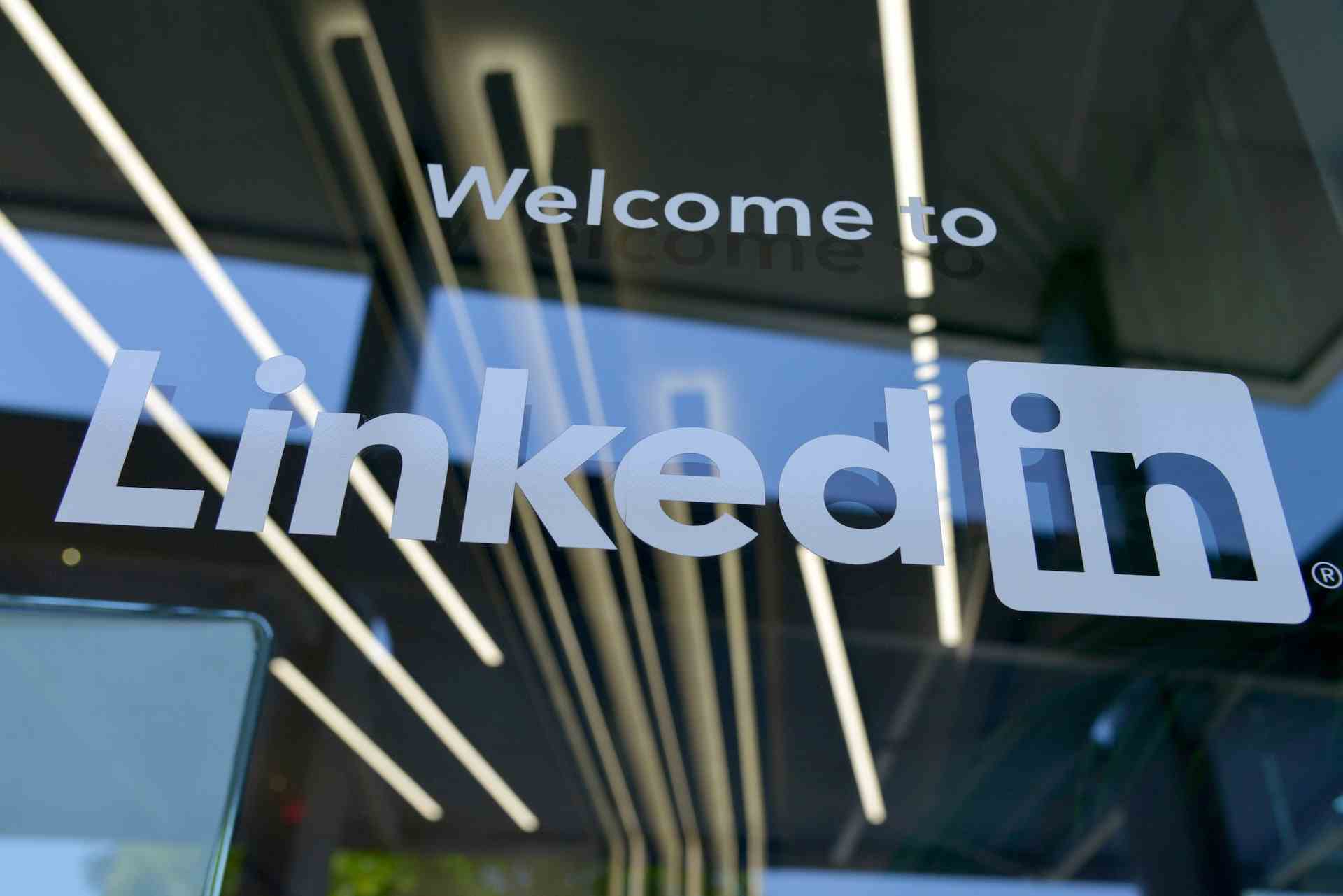How to reduce your employees’ workplace stress
I’m sure we don’t need an in-depth explanation here, we all know that employee stress exists. Most employees will experience workplace stress from time to time, and some weeks are bound to be a little more stressful than others.
Table of contents
In fact, some reports state that a bit of workplace stress can be a good thing. Of course, too much of a good thing quickly becomes harmful. An overload of workplace stress can easily lead to cases of burnout within the team.
Workplace stress isn’t a problem with employees not being organised enough or taking on more work than they can handle. It’s a company issue. Only 29% (all things talent) of employees would agree that their workplace is open and accepting of mental health issues. That’s simply not good enough, especially when many of us spend more time working than we do getting valuable sleep.
If employees don’t believe in the company’s psychological safety, they won’t feel comfortable expressing they’re struggling with overworking or workplace stress. The result? Burnout, and potentially a damaged employee retention rate.
- What causes employee workplace stress?
- What are the symptoms of workplace stress?
- How can you help employees struggling with workplace stress?
- How can you show compassion to stressed employees?
- Creative ideas to tackle workplace stress
What keeps employees stressed out?
- Ever-increasing workload
- Office politics
- Lack of time to complete tasks
- Poor decision-making and strategies from senior management
- Inadequate communication on big topics or projects
What are the symptoms of workplace stress?
There are many symptoms of workplace stress, if you spot any of these signs, it’s time to make some changes:
- Stressed employees will often feel exhausted
- An inability to focus
- An attitude of negativity and cynicism
- Becoming emotionally fragile
- A loss of appetite
- Worry, anxiety, and irritability
- Becoming mentally distant from work and relationships
- Starting arguments or making harsh comments
How you can help employees with burnout
Understand the root cause of workplace stress
The root cause of employee stress can be a multitude of different things. It might even be personal stresses at home or within relationships that trigger a feeling of being overwhelmed, but even if this is the case there will be some factors in their work-life that contributes.
Having a heavy workload and feeling overworked will make anyone anxious and stressed. When your employees feel like they can’t cope with an inbox that is constantly overflowing, it makes them less productive and less likely to put in the effort required to really tackle problems.
You don’t want your team members to be in the frame of mind to just ‘get things done and out of the way’ instead of having time to think things through and come up with the best course of action. This approach will give them more work in the long run as they may have to come back to go over work that was only halfway done before.
Lack of leadership, or an ineffective type of leadership, is one of the most important things to address, and luckily it’s also one of the easiest to solve if you’ve been hiring right. Having a lack of guidance at work puts a lot of responsibility on your employees’ shoulders, not being sure what the best decision to make is, or not having someone to talk problems over with on a coffee break adds a great sense of anxiety for most people.
Having no social support isn’t fun. Why would you want to go to a place every day where all there is to talk about is figures and strategies? Working hard and meeting deadlines is important, but your team members will do this much more effectively if they’re encouraged to be friends with their colleagues and have fun at work. Everyone needs someone to talk to, and nobody else will know the job better than the people already working there.
No clarity sucks. Ever been in a situation where you didn’t know what people wanted from you, or where you stood? No one should feel confused or isolated at work. Healthy boundaries, setting good examples, and being clear about expectations – whether it be about communication, what to do when the workload gets too heavy, or working hours – should be set from the beginning and always followed through. A part of this is creating a great feedback culture in the workplace.
Demonstrate compassion and empathy
Don’t take it personally, all feedback is good feedback and receiving feedback is an opportunity to grow and develop. If you find that your employees are in fact suffering from workplace stress, propose some ideas to help the situation, and get their input. They’ll instantly feel more valued and like you care about their well-being if you allow them to voice their concerns and opinions. Don’t underestimate the power of empathetic leadership!
What’s best for your team? Have you hired a social group of people? If so, maybe going out for dinner together or organising a celebration for all their hard work might lift spirits. Have you got a mostly remote-based team? Maybe you can set up more company-wide group chats just for fun, or send something physical to each person to display your appreciation.
Be a source of optimism and excitement. Laughter really is the best medicine, if you’re upbeat and happy, this will start to become infectious to others around you. The same goes the other way, if you have senior management who act uptight and are always stressed, this will filter down to each person in your organisation.
Having said that, don’t pretend that negative environments aren’t a thing. If you’ve noticed teams or individuals are having a hard time, let them know that you’ve noticed and that you’re going to try and change your attitude for the well-being of your team.
Company culture
Your company culture will have a huge impact on the attitude of your team. This is such a crucial step in avoiding employee stress. Working on the following factors can help to nurture better culture and reduce workplace stress:
Transparency and communication can do the world of good when trying to make people feel valued, listened to, and, generally, less stressed. It’s much healthier to create an environment where people feel like they can go and speak to their boss about things that are bothering them or causing stress at work.
Check in with people about their personal life too. Set reminders for birthdays and remember their starting anniversaries. People spend most of their time doing good work for their companies, it’s not too much to have a little employee appreciation.
Leadership meetings can also go a long way; transparency should be the main trend that seeps through your whole organisation. Set up monthly company-wide meetings to display income numbers, sign up success, and great projects people have worked on. Don’t be afraid to name the people who have done great work or suggested big ideas, it will encourage more of the same and give everyone that ‘fuzzy feeling’. At the end of monthly meetings, it’s also a good idea to have an ‘ask me anything’ section. This will make your senior management to seem a little bit more human – no question is too silly or complex.
Office design can greatly affect people’s mental attitudes (and productivity). Have good quality technology for every employee so they can work effectively and ensure a lot of green around the office – it’s proven to improve moods. Have dynamic colours and comfortable areas as well as enough meeting rooms, and you’ll notice people feel a lot happier about spending time there, they might even hang around for longer!
Encouraging breaks will help your team step away from the workload if management is encouraging, they won’t feel guilty when they go for a short walk or have a moment to check in with their families. If you notice that people are spending their lunch breaks at their desks, consistently working late or answering emails in the evenings, then recognise that the workload is probably too great and work on organising this better.
You can spread work throughout the team more evenly or work with teams on prioritising tasks so that it doesn’t feel like everything needs to be done immediately. It’s important for staff to get this idea from team leaders or management, so they have a level of expectation to work with.
Creative ideas
I scream for ice cream! Ok, you don’t need to go out and buy ten litres of vanilla swirl, the idea is that you treat your team often. Surprise them with some cake or some extra tasty coffee beans. Maybe they would appreciate some new stationery or an Amazon voucher. This is a lovely way to say ‘keep up the good work’ while treating everyone equally.
Encourage breaks and creative time. Don’t let your team sit in front of their laptops for hours at a time, taking small breaks often will increase productivity and give them a fresh perspective on the problem they’re trying to solve. If they have mentioned getting some extra training, try to arrange that for them or give them the go-ahead to study for a little while during work hours, this goes for work-related side projects too.
Tackling workplace stress checklist:
- Don’t take things personally, feedback is an opportunity to do better.
- Keep an eye on your team members’ attitudes and be mindful of what you put out there.
- Be empathetic and compassionate – we’re all human beings.
- Promote transparency and great communication.
- If you’re optimistic and excited, others will be too.
- Encourage breaks and set priorities.
- Set expectations for workload and what to do if this goes overboard.
- Check out our other article on improving employee engagement as well!
Hannah Squire
Hannah was a Content Specialist at JOIN. During her time with us, she mostly wrote about improving company culture and building stronger teams.


